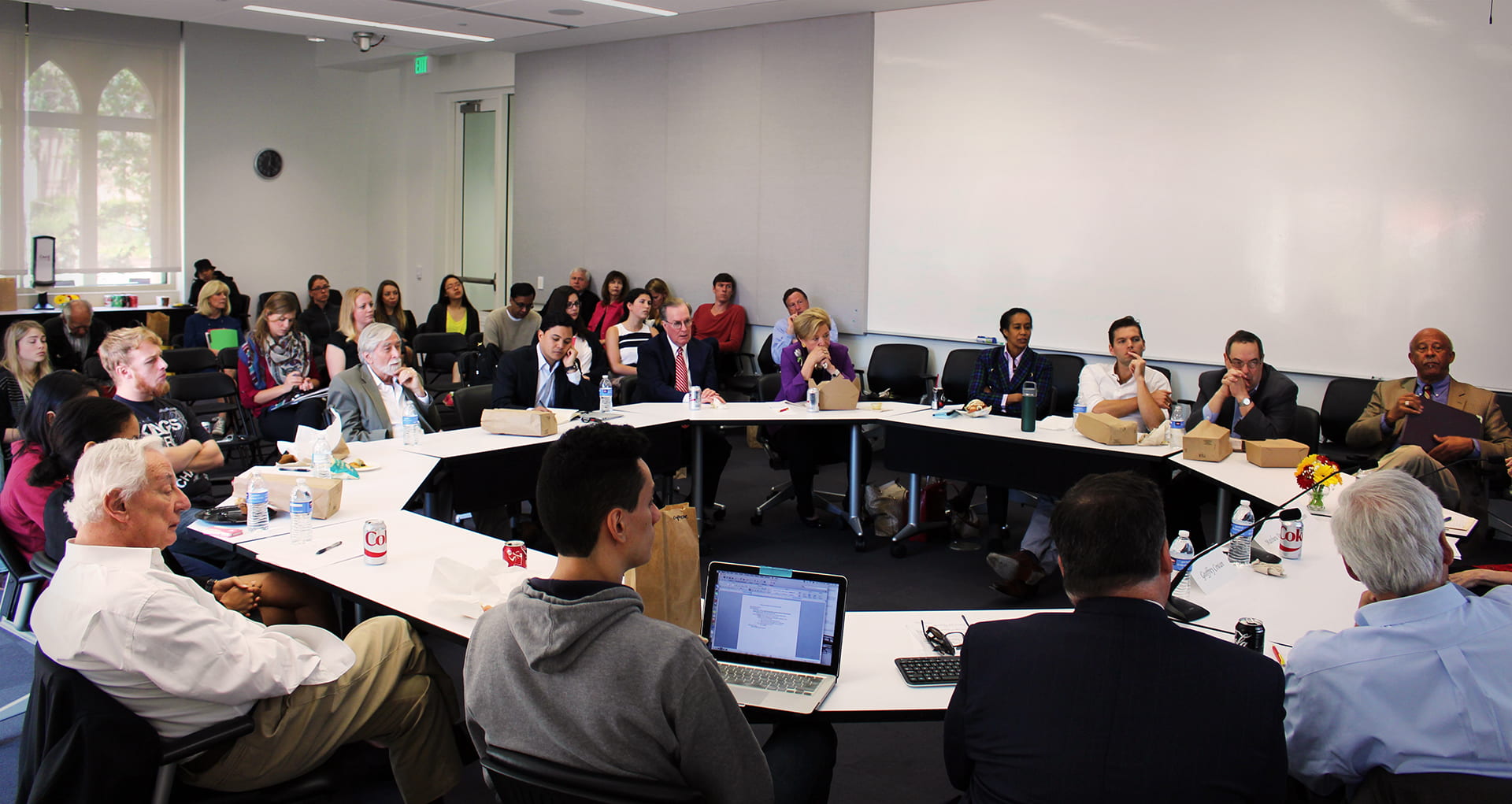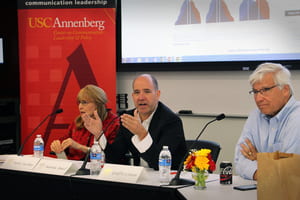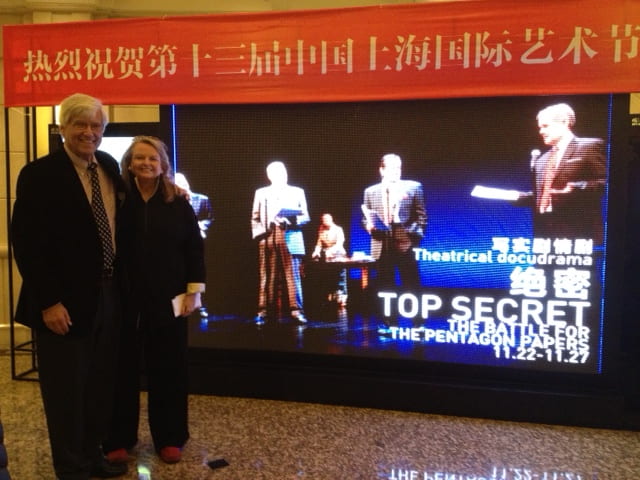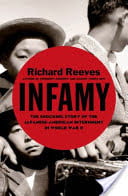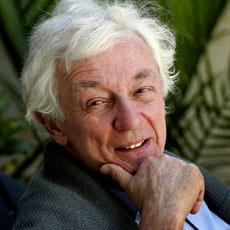Soccer’s popularity grows locally with 3,000 players recreationally competing in the Pasadena Adult Soccer League
“We’re not trying to make our league so competitive. We just want people to play soccer because it’s soccer, it’s a great sport.”
Up until the 2014 World Cup in Brazil, soccer was nowhere near as popular in the United States as it is in most every other country in the world.
And while still not as ubiquitous here as in, say, the United Kingdom or Africa or South America, interest in soccer is on the rise — especially locally, where 3,000 players recreationally compete in the Pasadena Adult Soccer League.
One reason for the increase in popularity was the impressive performance by the US team in the World Cup, according to Christophe “Frenchy” Giovannelli and Sherisse Tuck, the South Pasadena couple who run the Pasadena league. They said participation increased last summer because of the World Cup.
“You have so many sports to choose from in America: football, basketball, baseball,” said 46-year-old Tuck, who has been running the league since 1998. “But soccer is getting bigger [in San Gabriel Valley]. The World Cup showed everybody that this is a sport.”
“The World Cup has a big effect,” said 43-year-old Giovannelli, who was born in France and came to the United States in 2002. “The US team did a good job. Everybody was very excited about it. This year all the restaurants and bars were showing the games, and it wasn’t like that during the last World Cup. They should have a World Cup every year.”
Soccer’s local popularity began its upswing in 1994 when Brazil and Italy duked it out during that year’s final World Cup match at the Rose Bowl. Brazil won 3-2 on penalties.
Another reason soccer is gaining prevalence in the San Gabriel Valley is the American Youth Soccer League (AYSO), established in 1964 in a garage in Torrance. The youth league now runs programs in nearly 900 communities across the country and has over six million alumni.
“AYSO is huge around here,” said Giovannelli. “Those players, if they don’t make a club or a professional team, they still want to play soccer (when they get older). It’s a dream people have had since they were kids, since they played in AYSO. If they stopped playing at some point, but now they want to play soccer and want to enjoy it again, and they know they’re not going to play in a club, the only way to play is on a recreational league.”
Demand for the Pasadena Adult Soccer League is huge. It is difficult to get on a team, though Tuck and Giovannelli help players out when they can. The league’s growth is only hampered by the number of fields that are available for game play. But it took Tuck 10 years to grow the league, which is contracted by the city of Pasadena, to what it is today.
Beginning in 1972, there was a women’s soccer league in Pasadena. In 1998, nobody wanted to run it anymore, so Tuck stepped up.
“There were just a couple hundred people in the league back then and games were just on Sunday,” she said. “We started adding beginner’s leagues and men’s leagues, and in 2008 I started the Pasadena league. The city wanted someone to take over a league they had, so I turned in a proposal and they accepted it. We started with 12 teams and it grew from there.”
Now the league has 3,000 players from Glendale to Duarte and games are played every day of the week, year-round. The league also holds special tournaments on Thanksgiving weekend, during the World Cup and in May. The Mayday Melee Tournament is a fundraiser, while the Thanksgiving Turkey Shoot Tournament is more of a social potluck.
Tuck and Giovannelli said the league is a great social outlet. In fact, two players who met on a soccer team two-and-a-half years ago, Sarah Thalmann and Alejandro Moratorio, are now engaged to be wed in June. The Pasadena residents met on a team called Babe-raham Lincolns. Thalmann, 35, is an eighth-grade teacher at Marshall Fundamental High School in Pasadena. Moratorio, 37, works at LA Networks in Sherman Oaks. They both play on triple A division teams.
“I like that I could play virtually every day of the week if I wanted to, and I have,” said Thalmann. “The league has grown quite a bit in the last decade, but it continues to be well-organized. I also like that there are so many different levels. I’m definitely not going to want to play in the A divisions forever, and it’s great to know that I can continue to play as I get older.”
Moratorio has played in the league a total of six years, with a break in between to play in a more competitive men’s league, Los Angeles Super Metro.
“I’m very proud to be one of the first few hundred people who joined this league, and to see how tremendously it’s progressed,” said Moratorio, “from relatively few options in terms of days and fields to games being played on every day of the week, and on some great fields. The greater Pasadena area is extremely lucky to have this league. It’s a wonderful, safe place to play soccer and see friends on a regular basis.”
Sierra Madre resident Erik Pierstorff, 40, played soccer as a kid until he was 32 and just picked it up again last summer. He agreed that joining the league was a good way to meet new people, though he would like to see an easier way for free agents to locate a team.
“That is its biggest weakness from my perspective,” he said.
For regular seasons, players can choose between Men’s Only (11 players versus 11 players), Women’s Only (11v11), Men’s Over 30 (7v7), Men’s Over 35 (7v7), Women’s Over 30 (7v7) and Coed (7v7). The 7v7 leagues have some slightly different rules, including no offsides and no sliding. The league is divided up into four skill divisions: A, B, C and D. Teams choose which division they feel they are qualified for. It costs $675 for a team to sign up for each season, which lasts about eight to 10 weeks. That team cost is split up among its players, who are also required to purchase a $25 player ID card for each calendar year.
“Unless I know a team and its players, I won’t put them on Men’s A,” said Giovannelli. “They have to play on Men’s B first, because by experience you’ll have a team who think they can go on Men’s A, but that ends up not being the case, and that’s not fun for anybody. We keep an eye on it, because we don’t want a B team playing on a D team, or vice versa.”
Teams don’t have to necessarily place first in their league to move up, however.
“Some teams want to move up, but most teams don’t want to move up — it’s funny,” said Tuck. “They’ll win three seasons in a row and say, ‘We want to stay here.’”
The league’s referees are paid and highly qualified. Some of them are refs for FIFA. Others referee games for Major League Soccer. One of the refs will be one of four American referees for the next World Cup. The league also has a few high-profile players as well, including one woman who played on a professional team in Switzerland, another who played in the Women’s World Cup, a former player for Chelsea Football Club and the French and Dutch national teams, Cobi Jones of LA Galaxy and actor Matthew Lillard.
“We’re not trying to make our league so competitive. We just want people to play soccer because it’s soccer, it’s a great sport,” said Tuck. “We want to get people to play who have never played, who are in their 50s or 60s. We want them to come try soccer out.”
Although they have a small staff of two other employees, managing the league is a full-time job for both Tuck and Giovannelli. Fortunately for them, soccer is their passion. Indeed, for many people, soccer is an identity sport. It’s part of who they are as human beings, and serves as a fun way to fulfill their own self-expression.
For more information, visit adultsoccerleague.com.
